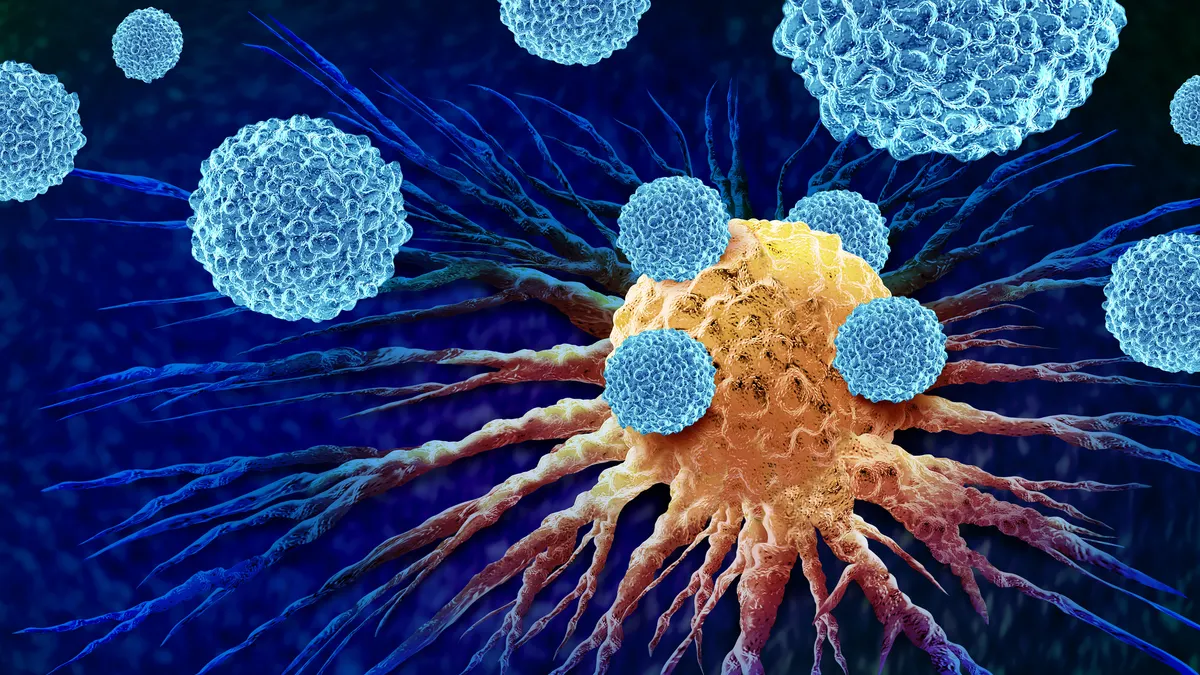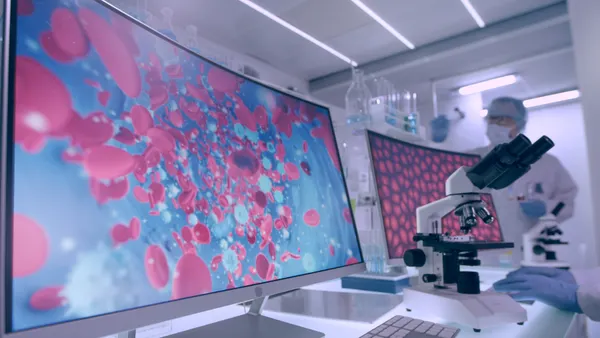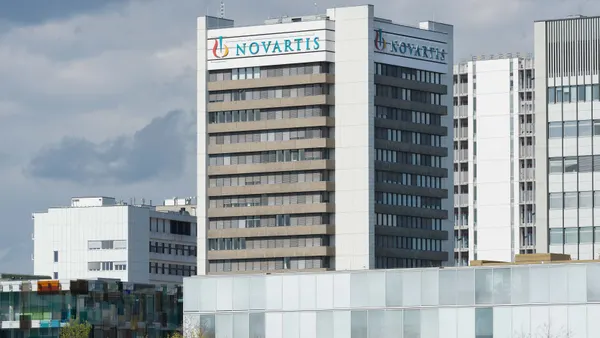Cell & gene therapy stands at the forefront of modern medicine, promising transformative treatments for previously intractable diseases. But, as the field continues to advance, a growing body of evidence suggests that we may need to fundamentally rethink one of the most basic aspects of cell culture: O2 concentration.
While the field has made remarkable strides in optimizing numerous culture parameters, the continued use of non-physiological O2 levels could be stifling our efforts to conduct more insightful research and develop better, more effective therapies.
Normoxia — the norm for cells?
Conventionally, mammalian cells have been cultured at atmospheric or ‘normoxic’ O2 levels — that is, at O2 levels ranging from 20–21%. However, such conditions represent a significant departure from the true environment that cells experience in vivo. In fact, in most living tissues, cells experience O2 concentrations far below atmospheric levels, typically between 2% and 11%, depending on the tissue type. Stem cell niches, for instance, are generally accepted to reside in environments ranging from 3–6% O2 concentration. Some tissues — such as those in the thymus, those in areas of the kidney, and pathological tissues — contain O2 gradients where intercellular O2 levels can even dip below 1%.
A damaging discrepancy
As well as being stark, these differences in O2 levels are hugely consequential; since physiological O2 levels play crucial roles in cellular development, function, and behavior, deviating from them can lead to unpredictable and unwanted cell culture outcomes.
Research has demonstrated, for instance, that cells cultured under normoxic conditions often exhibit altered metabolic profiles, modified gene expression patterns, and different proliferation rates compared to their counterparts grown under physiological O2 levels. Long-term culture of stem cells at atmospheric O2 levels, for example, gives rise to chromosomal abnormalities as well as genomic and epigenomic aberrations, which could make reproducible cell therapy production challenging, and could even compromise the safety of the final cell therapy product (for example, by leading to abnormal tissue formation after implantation).
On the other hand, culturing cells under physiological, hypoxic conditions can offer therapeutic benefits. Indeed, hypoxic cell culture has been shown to improve growth, genetic stability, and therapeutic potential of mesenchymal stem cell (MSC)-based therapies.
Culturing therapeutic cells in more physiologically relevant O2 concentrations can give better early insights into their potential therapeutic efficacy, too. For example, research has shown that, in hypoxic conditions replicating those observed in the solid tumor microenvironment, CAR T-cells display impaired expansion, differentiation, and cytokine production, which could negatively impact their ability to eradicate solid tumors. Such studies could offer valuable insights into where and how such therapies can be optimized to produce the next generation of more effective cancer-targeting medicines.
Taking control of O2 — ushering in the future of cell therapy research
With the importance of O2 concentration becoming increasingly clear in a range of applications — including cell therapy research — researchers are understandably looking to incorporate O2 control into their cell culturing experiments. Now, thanks to advances in CO2 incubator design and function, this is possible.
As well as offering careful control of CO2 levels through advanced dual wavelength infrared CO2 sensors, these modern incubator systems can, when desired, also precisely regulate O2 concentration through the introduction of nitrogen and with the help of advanced zirconia sensors — all without the need for additional costly and space-consuming lab equipment.
With the ability to precisely control O2 concentration, researchers can better replicate physiological conditions in their cell culture, which could help drive more insightful, reproducible research, and potentially drive better and safer cell therapies for improved healthcare outcomes.










